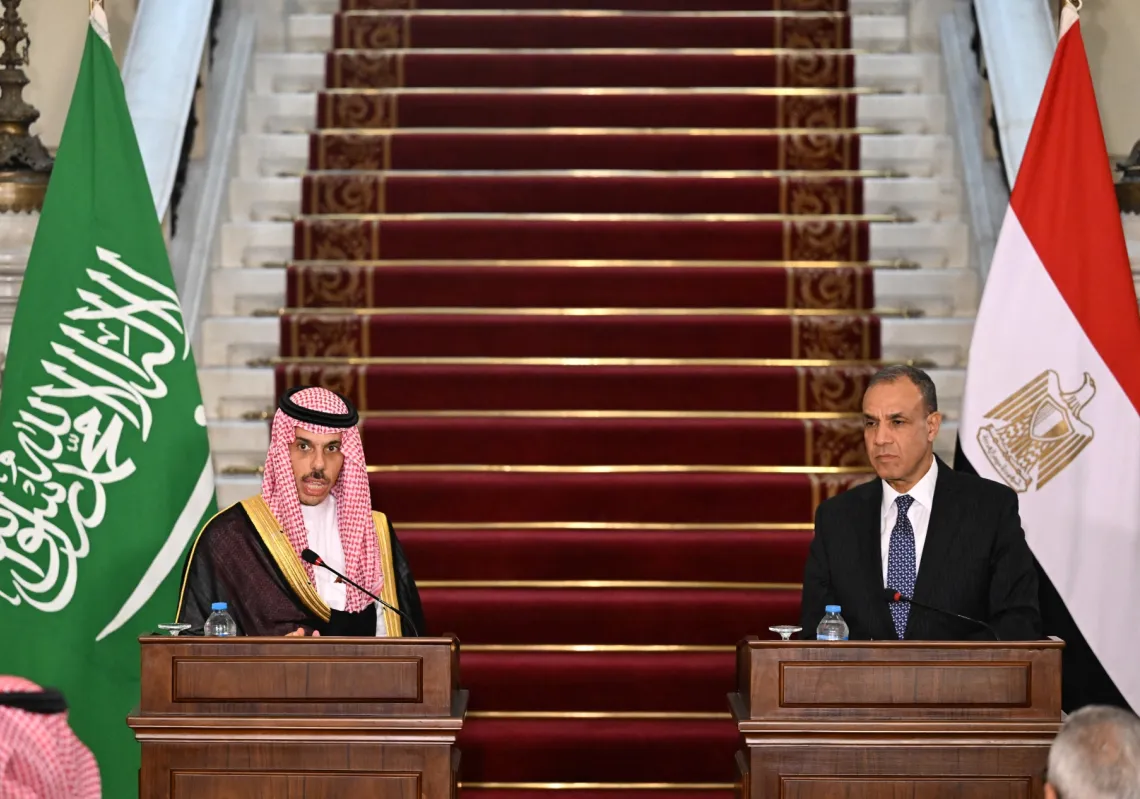Cairo: As the hype over the Egyptian action flick “Harley” dies down (after unsurprising box office success), Egyptians are now flocking to movie theatres in droves to see the more experimental “Day 13” – marketed as the first Arab 3D horror film.
“Day 13” may or may not technically be the first film of its kind in the Arab world, but the honesty of that bold claim is not the issue; after all, it’s only natural for filmmakers to create hype in whatever ways they can.
The issue is that, sadly, “Day 13” doesn’t quite deliver on its promise, as screenwriter-director Wael Abdallah and his crew fall short of the “groundbreaking” mark.
No discussion of 3D movies is complete without mentioning Hollywood’s “Avatar” series. The James Cameron franchise not only pioneered its production techniques, but it also invented a rich world inhabited by an entirely new race, assigning them extraordinary roles like protecting the environment, countering ruthless capitalism, and committing to strong moral convictions.
It goes without saying that comparing “Day 13” to “Avatar” would be unfair, if only because the American film industry has access to resources otherwise unavailable to the rest of the world, and often produces films in a playground defined by its freedom and endless possibilities.
















